If you need to cure a cold radiator it is most often due to one of two causes:
- collected air filling a radiator, or
- an un-balanced central heating system.
Watch the video above, for the cure to an air-locked radiator which won’t get hot. Carry on reading if that doesn’t cure the problem fully, as the whole system probably need to be re-balanced.
How to Cure an Uneven Distribution of Hot Water to the Radiators
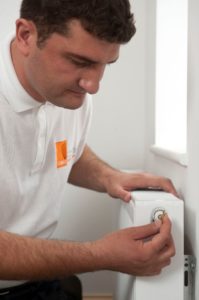
In order to ensure an even distribution of hot water to the radiators in a system you’ll need to ‘balance the system’. Often the radiators near to the boiler/pump would tend to be warmer than the radiators further away, balancing the system will even out the flow of the hot water.
To do this we use the lock-shield valve which is normally hidden under a push on cover at one end of the radiator. Adjusting these valves will regulate the flow of water to the radiator. By partially closing the valves, flow to the radiators nearest the boiler can be more limited than to those further away. To reduce the water temperature at the outlet pipe, the lock shield is closed; to increase the temperature the valve is opened up.
The idea is to get temperature drop across each radiator to be about 12 °C (20 °F). The easiest way to measure the temperature drop across the radiators is to use a set of radiator thermometers. These clamp-on thermometers have springs which hook around the inlet and outlet pipes of a radiator. They can be found at any DIY story.
Step by Step Instructions on How to Cure a Cold Radiator or a Persistently Cool Radiator
Before you begin make sure the system is turned off and let the water cool down.
Open the lock shield valve and the control valve using an adjustable spanner closed small. This is the valve you use to turn the radiator on and off.
Fit the radiator thermometers to the Inlet and Outlet pipes of the radiator which is nearest to the boiler and switch the heating back on.
Close the lock-shield valve on the first radiator to almost closed, as the temperature of the systems comes up, gradually open up the valve until the temperature difference between the two radiator thermometers is about 12°C (20°F)
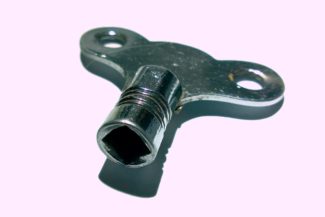
Move the thermometers to the next radiator away from the boiler. Close down the lock-shield valve and adjust it until the temperature difference increases to about 12°C (the temperature difference will probably start at less than 12 degrees as both valves are fully open).
If you repeat this for all of them in order, you should have a balanced system so that all radiators heat up efficiently.
Once the radiators in a system have been balanced, the valves should not need to be adjusted again unless the radiators or the pipes are changed.
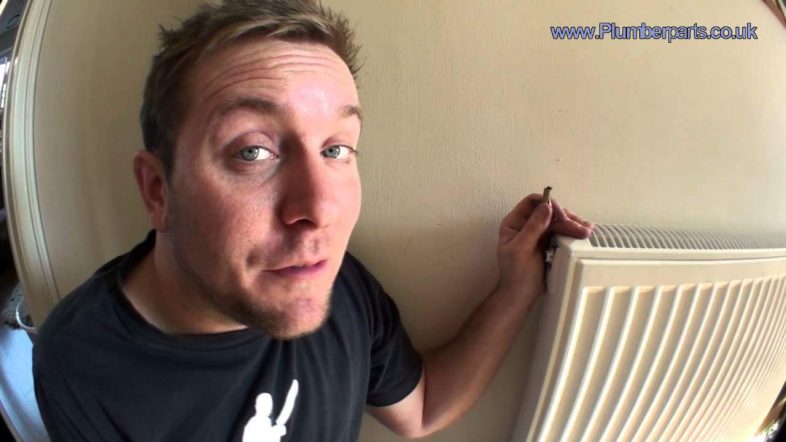
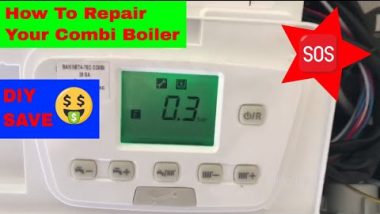
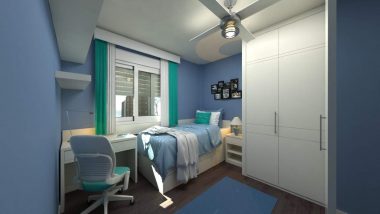


Thanks for your total guide. It is very interesting here are you add the video that is helping me more to fix it hurry. I am a delight to read it.
Your posts include a lot of useful information, which as an apprentice plumber I find good for my training.
I’ve bookmarked your blog and will return to it on a frequent basis.
I am confident that I will learn a great deal from this site.
Wishing you the best of luck in the future!